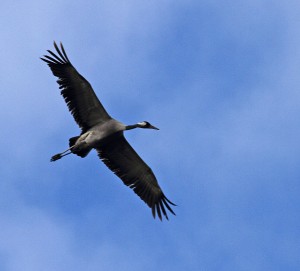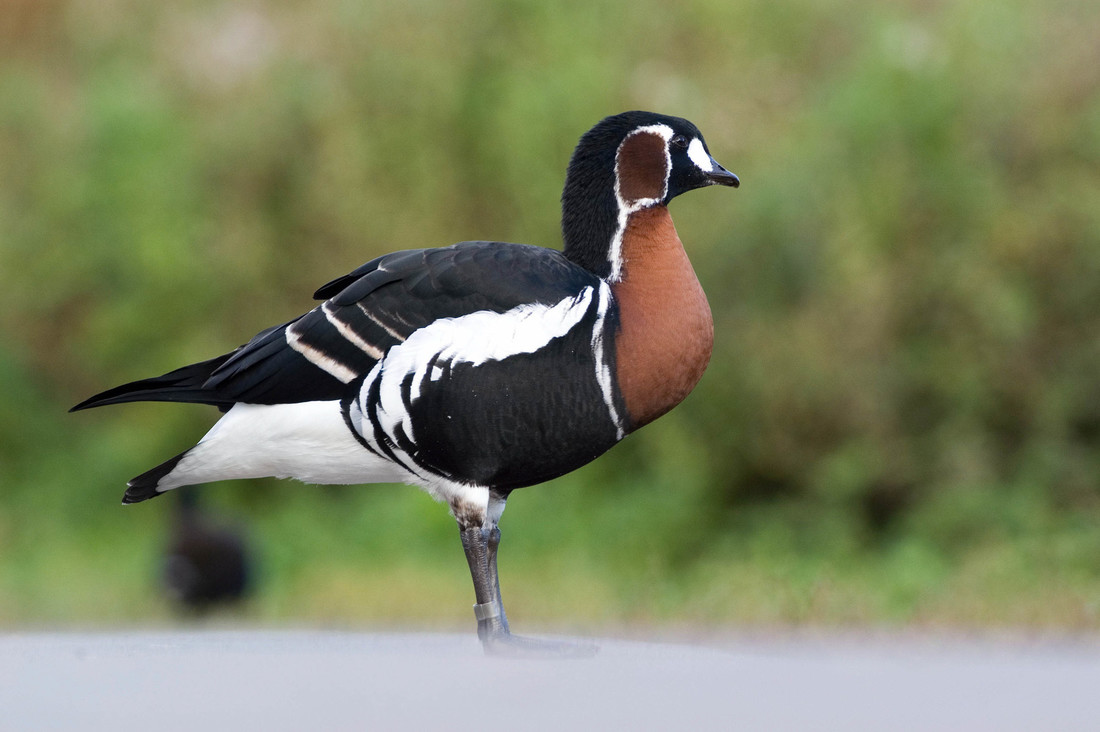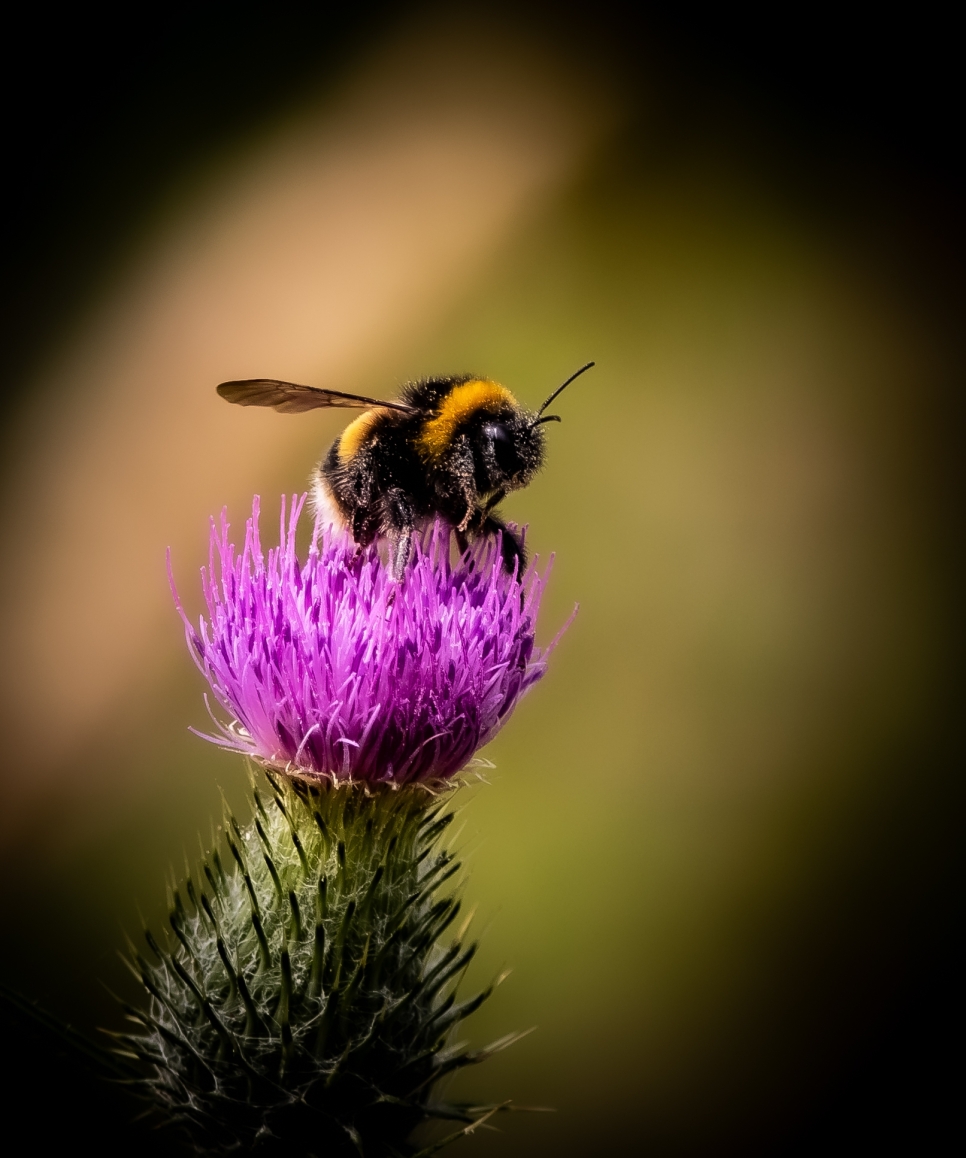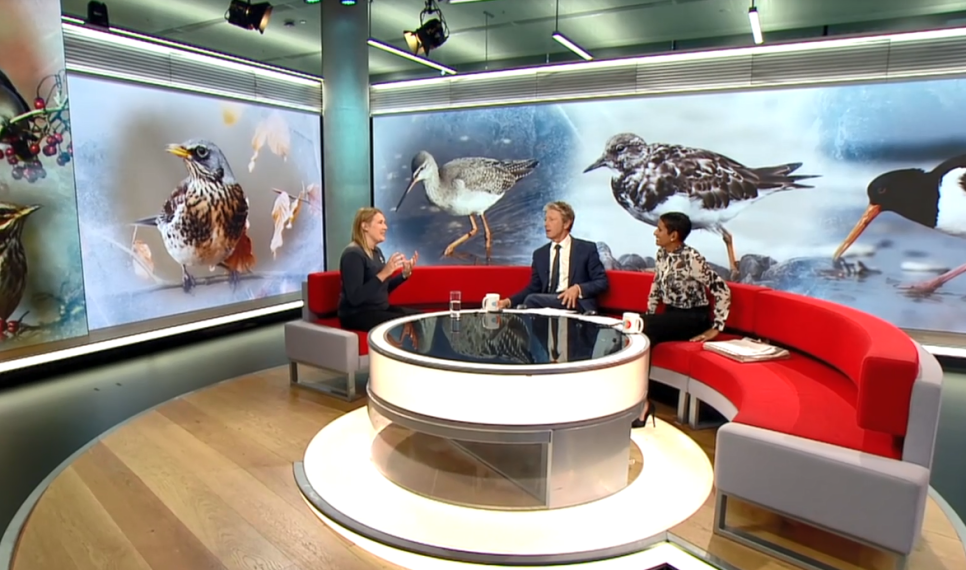Reserve list review of 2012
 2012 turned out to be a record year at WWT Martin Mere with 170 species of wild bird recorded. It’s interesting to reflect why this was so. There are certainly a number of factors. The reserve management, for example Cetti’s Warbler which was the only species new for the reserve, was found along the Reed Bed Walk, an area only created in the last few year. Other species seen there would include Yellowhammer and Spotted Crake.
2012 turned out to be a record year at WWT Martin Mere with 170 species of wild bird recorded. It’s interesting to reflect why this was so. There are certainly a number of factors. The reserve management, for example Cetti’s Warbler which was the only species new for the reserve, was found along the Reed Bed Walk, an area only created in the last few year. Other species seen there would include Yellowhammer and Spotted Crake.
Of equal importance would be all the contributors without which the list would have been considerably smaller, and much thanks goes out to all who have spent time birding on the reserve throughout the year. Of course a combination of weather, luck and being in the right place at the right time also helped!
The review here and the list doesn’t really cover the extent of breeding birds or numbers of birds using the reserve. That information will be available in the 2013 Lancashire Bird Report sometime in September.
In January we reached a 100 species including the reserve’s first Cetti’s Warbler, which was easier to hear than see! Notable birds included Tundra Bean Goose, Willow Tit and Bullfinch.
A cold snap at the beginning of February brought Woodcock, Bittern and Smew onto the reserve. The first of the breeding Avocet returned on the 20th February, five days latter than 2011. Ten new birds were added to the list in February.
March saw an early Common Sandpiper on the 6th and singing Chiffchaff on the 15th. Jack Snipe and an early Whimbrel were seen on the 24th, the first Sand Martin on the 26th and Northern Wheatear on the 29th. Star bird of the month goes to Common Crossbill seen on the 27th and only the third record for the reserve. Eleven species were added in March.
Nineteen species were added in April as spring migration got under way. The first Swallow arrived on the 3rd April, Little Ringed Plover on the 5th, White Wagtail on the 11th and Willow Warbler on the 14th. House Martin arrived on the 22nd. A small passage of Arctic Tern on the 25th was notable. The first Swift was 27th. A well twitched Wood Warbler arrived on the 28th, the first for seven years. A breeding plumage Black Tern was a delight on the 30th. Star bird of the month goes to the Common Crane which arrived on the 22nd April and stayed for almost a week. It was only the third record for the reserve and what was undoubtedly the same bird also put in appearances in May and November.
Sixteen new species were added to the list in May. The red letter day being the 19th when weather conditions brought in no less than six new species including Osprey, Hobby, Sanderling, Knot, Spotted Flycatcher and the one of the years top birds male Montagu’s Harrier, which was a third record for the reserve. Common Crane was also recorded again on the 19th making it a memorable day for those present. A further influx near the end of the month brought in Temminck’s Stint, Wood Sandpiper, Cuckoo and Quail.
June was perhaps more memorable for the amount of rain, which brought the unfortunate consequences of flooding the nest of the reserve’s first breeding Marsh Harriers. A Spotted Crake was heard calling on the 12th and a late migrant Common Redstart was seen on the 19th.
Half way through the year we had recorded 156 species.
It’s difficult to single out a species for bird of the year, after all if you have never seen a Kingfisher that would rank highly in anyone experience. However in terms of rarity, on plumage alone, July 17th’s Red Phalarope (also known Grey Phalarope) probably just pip’s Common Crane and Montagu’s Harrier to the top spot. Extremely rare in the UK in it’s magnificent breeding plumage, a single female was on the reserve for less than 2 hours. A Sandwich Tern dropped in briefly on the 25th July.
August is an excellent month for species diversity although only two new birds were added, a female Mandarin on the 10th and a fly-by Turnstone on the 13th. The first of autumn’s Pink-footed Geese arrived on the 30th.
Six new species were added in September. Jays on the 3rd represented considerable movement of these smart corvids locally and further a field. A Ruddy Duck on the 5th might have sparked a twitch if it had hung around. The first of autumns Whooper Swans arrived on 19th, an early date. The end of September produced dramatic flooding across the reserve and a feeding frenzy of ducks.
As the start of 2012 had been good for winter species only four new birds were added between October and the end of December. Pale –bellied Brent on the 22nd October is a reasonably rare bird away from coastal sites. A Firecrest arrived on the 27th October and stay for almost a month, though mightily elusive during it’s stay. Waxwing on the 1st December represented the countrywide influx and the last new species, Rook, also on the 1st is somewhat under recorded. Also noteworthy a record count of 2480 Whooper Swan on the 2nd December.
Notable misses? Pectoral Sandpiper wasn’t recorded in a very quiet year for that species across theUK. No record of the formally very rare Great White Egret which are present all year around the Ribble Estuary.
At the time of writing the 2013 list is on 82. What will the rest of the year bring?



